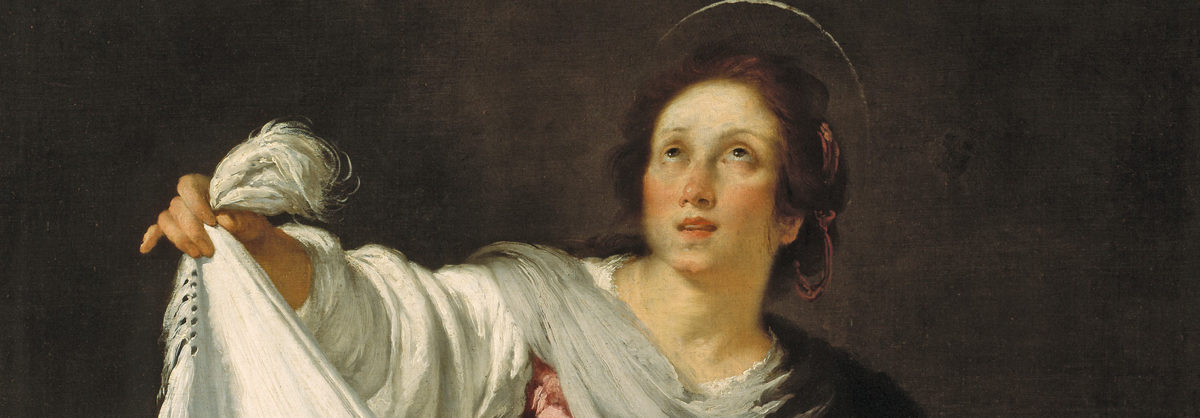A friend recently shared her thoughts with me the day before her oldest daughter’s wedding.
“I know she’s young,” she said, ”but I’m happy she’s getting married. The only thing I worry about is the fact that life gets hard when you get married. She’s taking on a lot of responsibility, and I dread seeing her struggle.”
I knew just what she meant. When my kids were small, it always did break my heart a little bit to see them suffer. But scraped knees and stomach bugs are one thing; the burdens of adulthood and the pains of the “real world” are even tougher for us moms to watch from the sidelines.
Just the other day, my young adult son called to tell us that he was having car trouble. Again. He and his wife recently finished graduate school. During the few weeks between graduating and beginning their new jobs, when money was especially tight and they were struggling to pay rent, they experienced a blown transmission and a seized engine. In the end, both of their cars completely died and needed replacing.
The words I heard my husband speak to our son that night were true: We have been through tough times ourselves, but when we trusted in God, he has always provided us with all that we need. And yet, after we hung up the phone with our son, I found myself blinking back tears. Because it is stressful, burdensome, and exhausting to go through something like that, and I would rather they could skip it.
Sensitivity to and compassion for the suffering of others is something we women have a unique capacity for. Like Our Lady noticing that the wine had run out at the wedding at Cana (John 2:1-12), we often feel the emotions of others deeply and are compelled to do whatever we can to alleviate others’ suffering. Our compassion may not ease all pain, but small acts of mercy and kindness in the face of even great suffering can have deep meaning.
St. Veronica, whose feast day we celebrate on July 12, is remembered for just this kind of compassionate love. Tradition tells us that Veronica was a woman from Jerusalem who was present during Our Lord’s Passion. She watched him carrying the cross and, moved with pity, she offered him her veil to wipe the mud, spit, and blood from his face. Perhaps he had stumbled because he was blinded by the blood running down his face? In any case, Jesus used the cloth, and when he handed it back to her, it bore a miraculous image of his face—as clear as a photograph although almost two thousand years before photography was invented. Veronica’s small act of compassion was rewarded with this stunning, miraculous event.
Though the story of Veronica’s veil is not mentioned in the Gospels, it is recalled in the sixth Station of the Cross, and there is a relic kept under lock and key in St. Peter’s Basilica which many believe is the veil itself. It is displayed once a year on the fifth Sunday of Lent and thousands gather for this miraculous glimpse of Our Lord’s face just as St. Veronica saw him that terrible day two thousand years ago.
I once heard that our small acts of sacrifice and compassion, which are performed out of love for God, referred to as “Veronica’s veils.” In the face of suffering, we can feel helpless to make any kind of difference at all. So I like the idea that the small things we do out of love for God and our neighbor can make a miraculous difference. We can all offer God “Veronica’s veils” as we fold our family’s laundry, give our children hugs, drive carpool, drop off a meal for a shut-in, load the dishwasher, or just call a lonely person to say hello.
St. Elizabeth Ann Seton surely offered to God “Veronica’s veils” as she cared for her husband, her children, her husband’s younger half-siblings, and her many Sisters and students throughout her lifetime. Often all she could give them was food, rest, physical affection, and words of encouragement. In these small ways, she provided comfort to others as they suffered from illness, grief, and financial setbacks.
In a journal written for her sister-in-law Cecelia Seton, Elizabeth wrote:
“Dwelling now under the shadow of his cross, we will cheerfully gather the thorns which will be turned hereafter into a joyful crown.”
God takes our small sacrifices and turns them into something beautiful. Let me, O, Lord, cheerfully gather thorns; let me cultivate compassion for others; may I always bless my family, friends, co-workers, and everyone I meet with small acts of love.
I want to give all my sufferings to Jesus, knowing that he can take even the most humble act of love and transform it into “Veronica’s veil,” an imprint of his own divine charity and mercy.
St Veronica and St. Elizabeth Ann Seton, most generous and compassionate of women, pray for us!
DANIELLE BEAN is a writer and popular speaker on Catholic family life, parenting, marriage, and the spirituality of motherhood. She is the former publisher and editor-in-chief of Catholic Digest, and the author of several books for women including Momnipotent, You’re Worth It! and her newest book, You Are Enough. She is also creator and host of the Girlfriends podcast. Learn more at DanielleBean.com.
This reflection was previously published. To view all of our Seton Reflections, click here.
Image: Veil of Veronica, Bernard Strozzi via Wikimedia Commons
